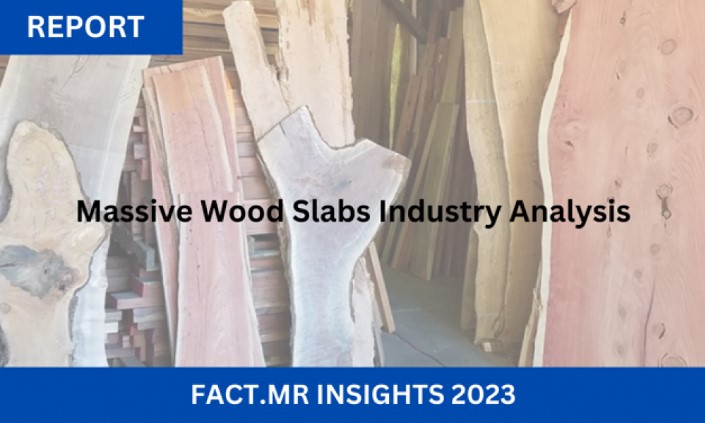Find Your Dream Live Edge Table: The Size Guide
Live edge tables have become a coveted furniture piece, adding a touch of organic beauty and unique character to any space. But with so many

The massive wood slabs market is expected to show a positive growth outlook in the coming years. This is attributed to increasing per capita spending and improving lifestyle in developing regions. In developed regions, demand for wooden furniture has seen a significant upsurge over the last few years, due to the various benefits that this type of furniture offers, such as high durability and better aesthetics as compared to metal furniture.
Customers prefer customized furniture, as it allows them to decorate their house and office space as per specific requirements. Therefore, wooden furniture is favoured over metal furniture, as it offers ease for customization.
For more insights into the Market, Request a Sample of this Report:
https://www.factmr.com/connectus/sample?flag=S&rep_id=1631
Key Factors Driving Market Growth:
Competitive landscape:
The global massive wood slabs market is fragmented in nature, with small, privately-owned saw mills serving the maximum number of customers. Leading players are focusing on introducing various wood species into their product portfolios in order to offer a variety of massive wood slabs that suit the particular requirements of customers, such as different weather conditions and aesthetics. For instance, Cook Woods, an Orlando, U.S.-based wood products company, introduced massive wood slabs of more than 250 wood species into its product offering list.
Key Segments of Massive Wood Slabs Market:
Fact.MR’s study on the massive wood slabs market offers information divided into six key segments – wood type, slab type, width, application, sales channel, and region. This report offers comprehensive data and information about the important market dynamics and growth parameters associated with these categories.
Challenges and Opportunities:
While the market for massive wood slabs is thriving, it does face certain challenges and opportunities:
Challenges:
Opportunities:
For in-depth competitive analysis, Buy Now:
https://www.factmr.com/checkout/1631
Live edge tables have become a coveted furniture piece, adding a touch of organic beauty and unique character to any space. But with so many
The massive wood slabs market is expected to show a positive growth outlook in the coming years. This is attributed to increasing per capita spending
Imagine a tree so vast its shade stretches like a protective hand across the sunbaked Costa Rican landscape. A tree whose roots witnessed the rise